Tactical Ventilation
The “When”, Understanding What Happens
During fire growth, the products of combustion in today’s fire environment create “bad” air at a rapid rate. That bad air (CO, Hydrogen Cyanide, CO2 and Carbon) replaces the needed “good” air (Oxygen enriched) that the fire uses. Two things must happen for the fire to continue to grow. First, more good air must be introduced and second the bad air must be moved (vented) or consumed (Flashover/Smoke Explosion).
A number of events out of our control can and do occur to maintain the “balance” needed by the fire to allow the growth to continue. The occupants leave a door open into the fire compartment/structure or the heat and/or pressure breaks a window(s).
When these events happen the fire growth is allowed and the heat (BTU’s) increase. As the fire grows it uses more O2 and produces more of the other crap, consuming more contents and more structure. In order to keep it simple (KISS method), we won’t get to into all the dynamics but you should have the picture.
After we (the fire service) arrives, if any of the above listed has not occurred it soon will! What is the first thing most of us do in order to initiate an interior aggressive fire attack?
We force the front door or other entry way to the involved area!
You my friend have just created the first VENT point. Is this the best “tactical” vent point? Really doesn’t matter because we always do it, so let’s just go with it. Now the heat and bad air move toward and out of the top of our vent point and fresh cool air rushes in at the bottom.
Fire growth now has the needed elements to happen and sometimes at a rapid pace. As we move into the structure, unless we have created another or additional vent points, things tend to get nasty. The point of all this is that; we as firefighters must make considerations to venting opposite the attack crew before they or anyone else gets “jacked” up.
Creating the opposite vent point from the attack crew is essential to our survival. It should be accomplished before we enter the fire compartment.
It also should be at least 2/3rd the size of the initial opening to be fully effective. The reason I emphasis this method, it saves use from getting caught in the rapid fire growth most of the time. In our business there are NO absolutes or guarantees!
There are a number of videos available online for your viewing/learning pleasure. The best are ones show conditions prior to our arrival and what happens when we arrive.
As we go through this learning curve, I hope to give you a full understanding of the need for Tactical Ventilation not hap hazard ventilation. In the next segment we will go deeper into the “when” to vent process. Until then be safe my brother!

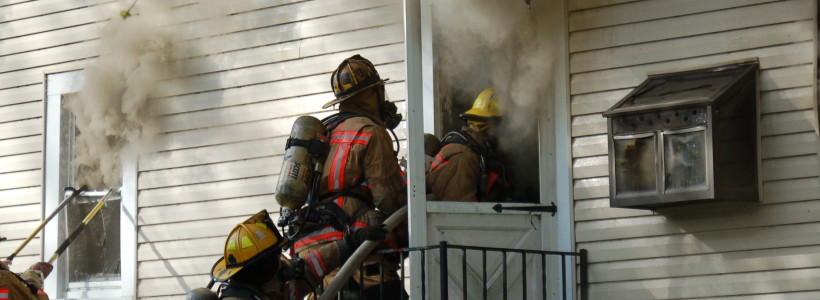
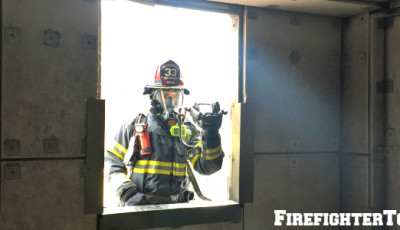
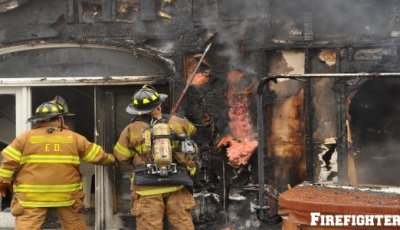

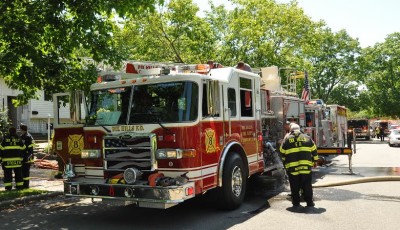

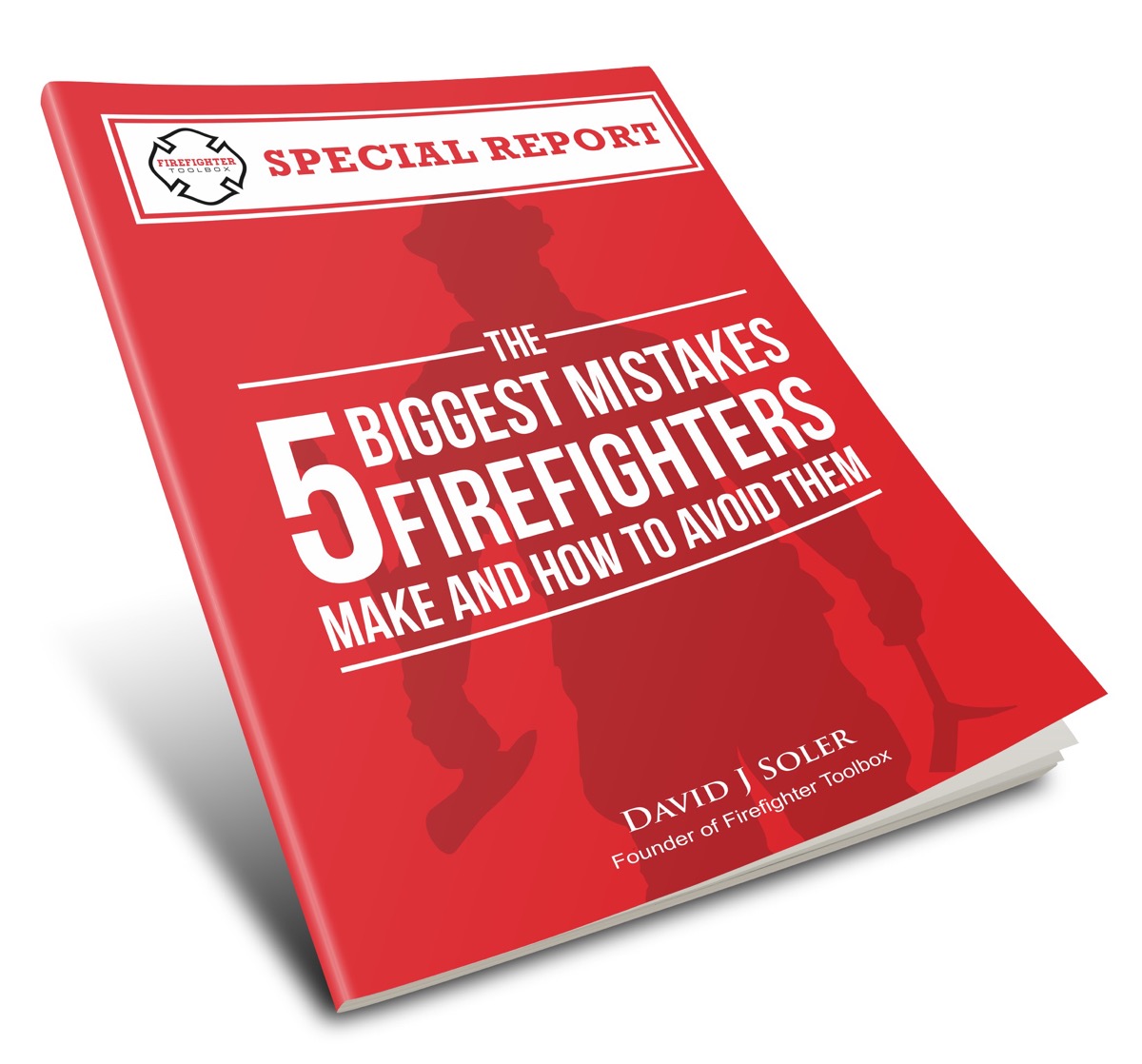



I totally agree about he door being a vent but maybe I’m not fully understand you. As you stated venting is not just a vent it is also introducing air for the fire. I am convinced most modern fires are ventilation limited aka (fuel rich). When we vent prior to the application of water we are giving the fire what it wants – air and pressure release. The closer the vent to the fire and the bigger the vent, the quicker the fire will grow and transition to flashover, also venting on opposite sides of the building will create a flow path. It should be critical to explain “flow paths” in conjunction with “tactical ventilation”. New fire text books recommend “tactical ventilation” performed when a attack hose line team is at the seat of the fire ready to attack or during the application of water.
reference – Essentials of Fire Fighting 6th edition.
pages. 239, 253, 732, 737, 739, 740
Keith,
Thanks for your comments. I did publish a number of articles on Tactical ventilation and flow paths. If I remember correct, I wrote those Flow path articles before this article. The primary point I believe is we must fully understand that our entry point is the largest vent point we normally make. In vent limited conditions, that opening (door) has bidirectional flow. Cool fresh air floods in low, superheated gases flow out at the top. The stage is set for rapid fire growth. Venting opposite your attack becomes critical and time sensitive. Knowing where and when to vent, is the critical factor in trying to prevent our folks from getting jacked up.
Feel free to give me some more of your thoughts, I love the dialogue :)
Mike
Glad we can have a good conversation. I just read your articles on flow paths. I apologize, I did not see them earlier. I agree about your main point, that the door enter point is the largest vent opening with bidirectional flow. I’m still not if full agreement with venting opposite of the hose team before they enter (at least not all the time). As long as they are entering with a charged line and can quickly get to the seat of the fire it is probably a good tactic, but not in every situation is this the case – in my humble opinion. According to UL and NIST studied, On average from ventilation to escalation of temperatures took 80 sec (1 Story) and 160 sec (2 Story) and the more vent openings the quicker the escalation of temperatures.